Animal Placement Guidelines
Guidelines for Animal Placement
Communication: Putting the animal first
Honest and full communication about expectations and commitments is critical. All parties should acknowledge that the goal is the best possible welfare for each individual animal. Do not feel constrained to agree to the first response received, evaluate all offers before accepting placement or placing an animal. Ask questions!
Use a welfare assessment tool like the five domains when considering placing an animal or accepting an animal for placement.
Suitability: Finding a good match
Placement is not a substitute for euthanasia; many animals are not suitable candidates due to loss of limbs and resulting equilibrium or other problems, stress levels, or behavioral problems. In many cases that rehabilitators see every day, euthanasia would be far more humane than permanent life in captivity. Please review the Code of Ethics.
Both IWRC and IAATE have position statements on non-releasable animals.
- IWRC Education Animals Position Statement
- IAATE Position Statement on Selection Considerations for Non-Releasable Birds
Many jurisdictions also have guidelines that must be met. It is the responsibility of the receiving person to know their regulatory agency guidelines.
Evaluation
It is the responsibility of those listing wildlife for placement to make a thorough investigation of anyone expressing interest in a transfer. We strongly urge that both sides of such a transaction be committed to addressing, at a minimum, the following points:
- that all necessary governmental permits are obtained and current;
- that facilities are satisfactory for housing;
- that resources are sufficient for on-going food, housing, and medical treatment, as necessary;
- that diets fed such animals are of high quality and adequate supply;
- that experienced volunteer or staff resources are available for training, handling, and captive care of the animals;
- that the animals are good candidates for a life in captivity.
Obtain References
If you are dealing with someone unknown to you, we suggest checking references, such as the veterinarian of record for the facility, peer rehabilitators, and the state and/or federal wildlife permit officer. Speaking with someone who has actually been to the facility is of great value.
The care standards developed jointly by IWRC and NWRA do not extend to permanent care of wildlife kept for education or captive breeding. Those wishing to place non-releasable wildlife need to be sure that their personal standards are met by any facility in which the animal may be placed.
Additional Resources
Compassionate Euthanasia – Kit Lacy IAATE, Cascades Raptor Center
Selection Process for Non-Releasable Birds – Kit Lacy IAATE, Cascades Raptor Center
The 2020 Five Domains Model – Mellor et al in the journal Animals
Welfare Chapter in Wildlife Rehabilitation: A Comprehensive Approach, 2nd ed
Coffee & Tea on Assessing Wildlife Rehabilitation Patient Welfare
Animal Welfare and its Assessment in World Association of Zoos and Aquariums Animal Welfare Strategy
